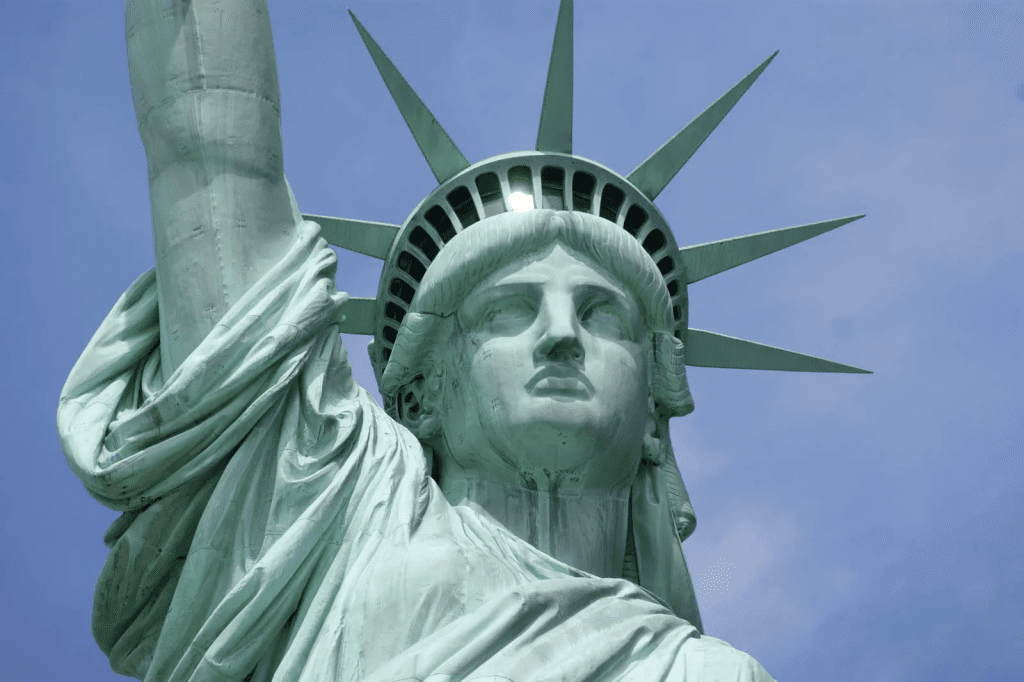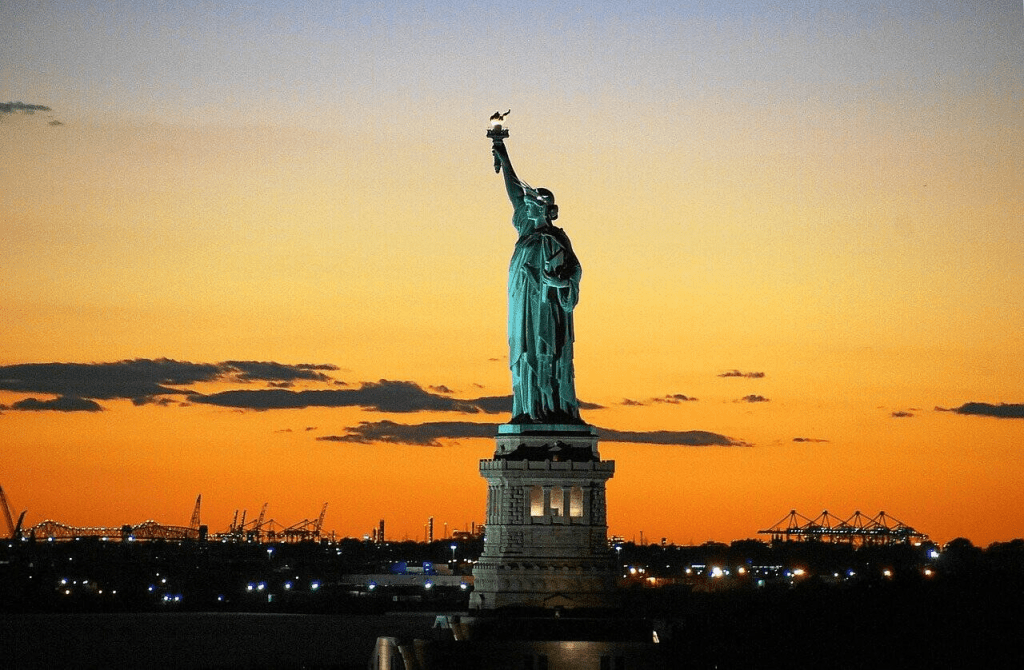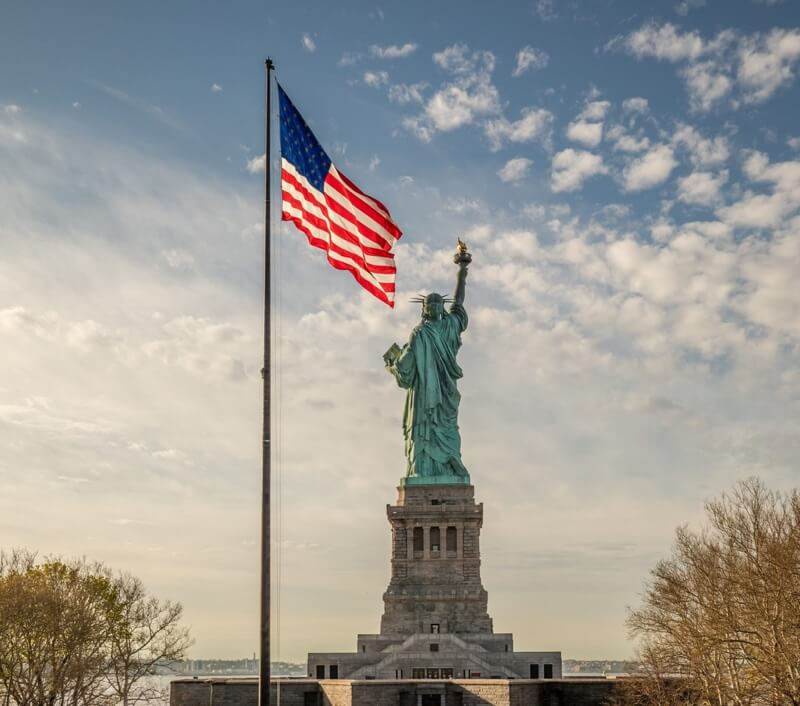When most people think of the Statue of Liberty, they picture a towering symbol of freedom and democracy. Standing proudly on Liberty Island, she has welcomed millions of immigrants and served as a beacon of hope since her unveiling in 1886. But what many don’t know is that for the first 16 years of her existence, Lady Liberty was more than a powerful symbol she was also a working lighthouse.
Yes, the Statue of Liberty was America’s first electric lighthouse, and her torch lit up New York Harbor in a bold and ambitious attempt to guide incoming ships through treacherous waters. It’s a fascinating and often overlooked chapter in her history one that speaks volumes about the spirit of innovation and progress that defined the late 19th century.

Lighting the Way: A Bold New Idea in 1886
When the Statue of Liberty was gifted to the United States by France in 1886, she wasn’t just designed to look beautiful. Her creators, including sculptor Frédéric Auguste Bartholdi and engineer Gustave Eiffel, envisioned her torch acting as a real navigational light for ships entering the harbor.

The idea was revolutionary at the time. Traditional lighthouses used gas or oil lamps, which had limited range and required frequent maintenance. But Liberty’s torch was fitted with an electric arc light an early form of electric illumination far brighter than anything used in lighthouses before. In theory, this high-tech solution would cast a powerful glow visible from miles away, guiding vessels into New York safely and efficiently.
Video:
Statue of Liberty & Ellis Island – 2 minute HD tour
The Challenges of Early Technology
While the ambition was there, the execution didn’t exactly go as planned. The torch’s windows and design made it hard for the light to shine far, especially in fog or poor weather. The electric system, still in its infancy in the 1880s, was unreliable and expensive to operate. Many ships couldn’t even see the light from a distance, defeating its intended purpose.
Despite these setbacks, the Statue of Liberty officially served as a lighthouse under the authority of the U.S. Lighthouse Board from 1886 to 1902. It was manned by a lighthouse keeper and assistants, just like any other lighthouse, and received funding to maintain the light. It even appeared on official nautical charts as a functional lighthouse.

An Ambitious Experiment Ends
After 16 years of limited effectiveness and high costs, the lighthouse function was discontinued in 1902. The torch was eventually sealed off and replaced with a more symbolic flame. Though the statue no longer guided ships, her legacy as a symbol of guidance and welcome only grew stronger.
Video:
The History of the Statue of Liberty
Still, that chapter of her life as an electric lighthouse remains one of the most innovative experiments of its time. It represented a merging of artistry, technology, and public service a physical embodiment of progress and modernity.
Why It Still Matters Today
Lady Liberty’s stint as a lighthouse is a reminder of the bold ideas that have always driven American innovation. The decision to use electricity still a novel power source at the time was a sign of faith in the future. Even though the light didn’t fully succeed, it laid the groundwork for future advances in lighthouse technology and showed the world that the U.S. was ready to lead in both engineering and imagination.
It also gave the statue a practical role in addition to her symbolic one. In a very literal sense, she wasn’t just a figure of hope she was trying to shine a light for those finding their way.

A Legacy That Glows On
Today, the Statue of Liberty’s torch no longer functions as a navigational aid, but it continues to shine in another way. It glows at night with a golden hue, visible to all who pass by, whether by boat or by plane. The statue remains a beacon not for direction, but for dreams.
The fact that she once served as America’s first electric lighthouse makes her story even richer. It reminds us that history is full of surprises, and sometimes, even the most iconic symbols have hidden chapters worth exploring.
In the end, Lady Liberty lit the way not just across the water, but into a new era.



